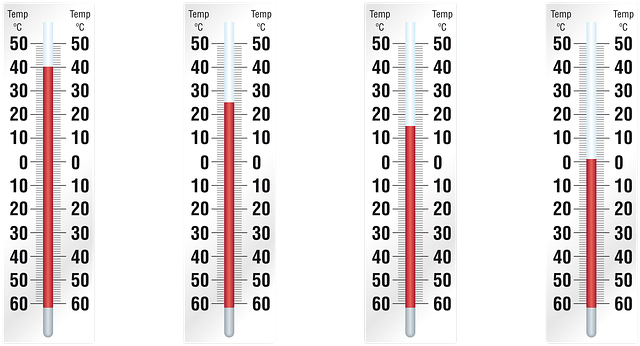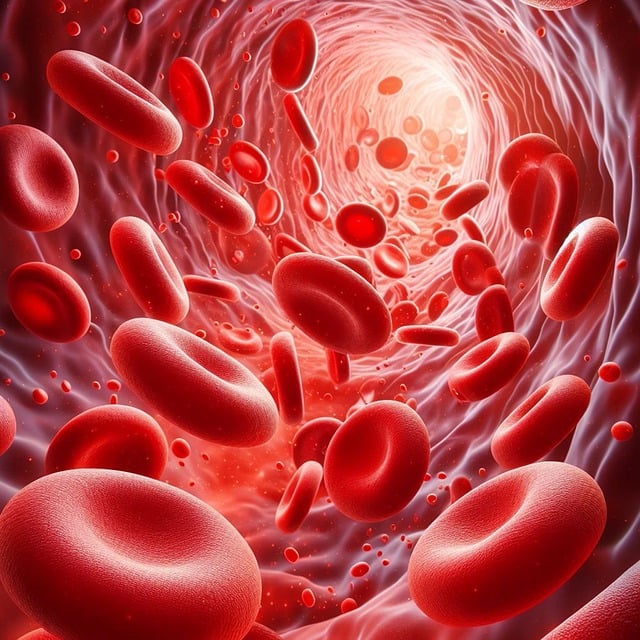Solubility is the ability of a substance, called the solute, to dissolve in a liquid, called the solvent, to form a homogenous mixture, called a solution. For example, when we add sugar to our tea, the sugar dissolves and creates a sweet beverage; the solute is the sugar, and the solvent is the tea (water). But how much of a solute can dissolve, and what factors influence this process?
What is Solubility?
The maximum amount of a solute that may dissolve in a specified volume of solvent at a given temperature and pressure is commonly known as solubility. Typically, it is stated as molarity (moles per liter of solution) or grams of solute per 100 grams of solvent (g/100g). The solute and solvent types, temperature, pressure, and other factors all affect solubility, which is not a fixed feature.

A substance’s solubility can be used to classify it:
• Soluble: These compounds easily dissolve in a solvent. For example, sodium chloride, or table salt, dissolves readily in water.
• Slightly soluble: Only a little amount of these compounds dissolve. One example is chalk (calcium carbonate).
• Insoluble: These compounds don’t really dissolve in a solvent. One typical example is oil in water

Factors Affecting Solubility
Several factors influence how well a solute dissolves in a solvent. These include:
Henry’s law :- Its states as follow- The solubility of a gas in a liquid at constant temperature is directly proportional to the pressure of the gas present above the surface of liquid or solution.
Alternatively : The partial pressure of the gas in vapour phase (p) is proportional to the mole fraction of the gas (x) in solution.
p α x or p = KHx
Here, p = partial pressure of the gas in vopour phase
x = mole fraction of the gas in the solution
KH = Henry’s law costant
According to Henry’s law, p = KH .x
Higher the value of KH at a given pressure, the lower is the solubility of the gas in the solution
Application of Henry’s law:-
Soft drinks and soda water bottle are sealed under high pressure to increase the solubility of CO
The tanks used by scuba divers (persons swimming under water use underwater breathing apparatus known as scuba) are filled with air diluted with helium. (He = 11.7%, N2 = 56.2 and O2 = 32%).
Cause:- Underwater pressure is high. Breathing at increased pressure increases the solubility of atmospheric gases in blood. When the divers come towards surface, the pressure gradually decreases. Dissolved gases are released which leads to formation of bubbles of nitrogen in the blood.

This blocks capillaries and creates the disease called bends which are painful and dangerous to life. High concentration of nitrogen in the blood has toxic effects also.
Nature of the Solute and Solvent
The general principle that “like dissolves like” frequently holds true: polar solutes, such as salt, dissolve readily in polar solvents, such as water.
Grease and other nonpolar solutes dissolve readily in nonpolar solvents, such as gasoline.
This occurs because the solute disperses more readily in the solvent when molecules with comparable bonding and polarity interact more successfully.
2. Temperature
Solubility is greatly influenced by temperature:
For the majority of solid solutes, solubility rises with temperature. For example, sugar dissolves more quickly and in larger amounts in hot water than in cold water. For gases, solubility reduces as temperature rises. Consider how soda loses its bubbles faster when it’s warm than when it’s cold.
3. Pressure
The main factor influencing a gas’s solubility is pressure. Henry’s Law states that a gas’s solubility in a liquid rises as the gas’s pressure above the liquid does. This idea explains why high pressure is used to maintain the carbon dioxide dissolved in carbonated drinks.
4. Presence of Other Substances
Solubility may be affected by the presence of additional solutes. For example, adding more salt to a saline solution can cause the solution to become saturated, meaning that no more salt will dissolve. Likewise, certain solutes may compete with one another for solvent molecules, making one another less soluble.
Types of Solutions Based on Solubility
The amount of solute in relation to the solvent determines the classification of solutions:
More solute can still dissolve in an unsaturated solution.
Saturated Solution: Under the circumstances, no additional solute may dissolve after the maximum amount has dissolved.
More solute than naturally dissolve at a certain temperature is present in a supersaturated solution. Under some circumstances, the excess solute may precipitate from these unstable solutions.
Importance of Solubility
Solubility is useful in many different fields:
• Drugs‘ solubility has an impact on how the body absorbs and distributes them.
• Food Science: Food flavour and texture are influenced by solubility. For example, the solubility of sugar affects how sweet a beverage is
Environmental Science: Pollutant dispersion in water bodies and nutrient cycle are two processes that depend on solubility.
Industrial Applications: Solubility principles are essential to many production processes, including fabric dyeing and chemical purification.